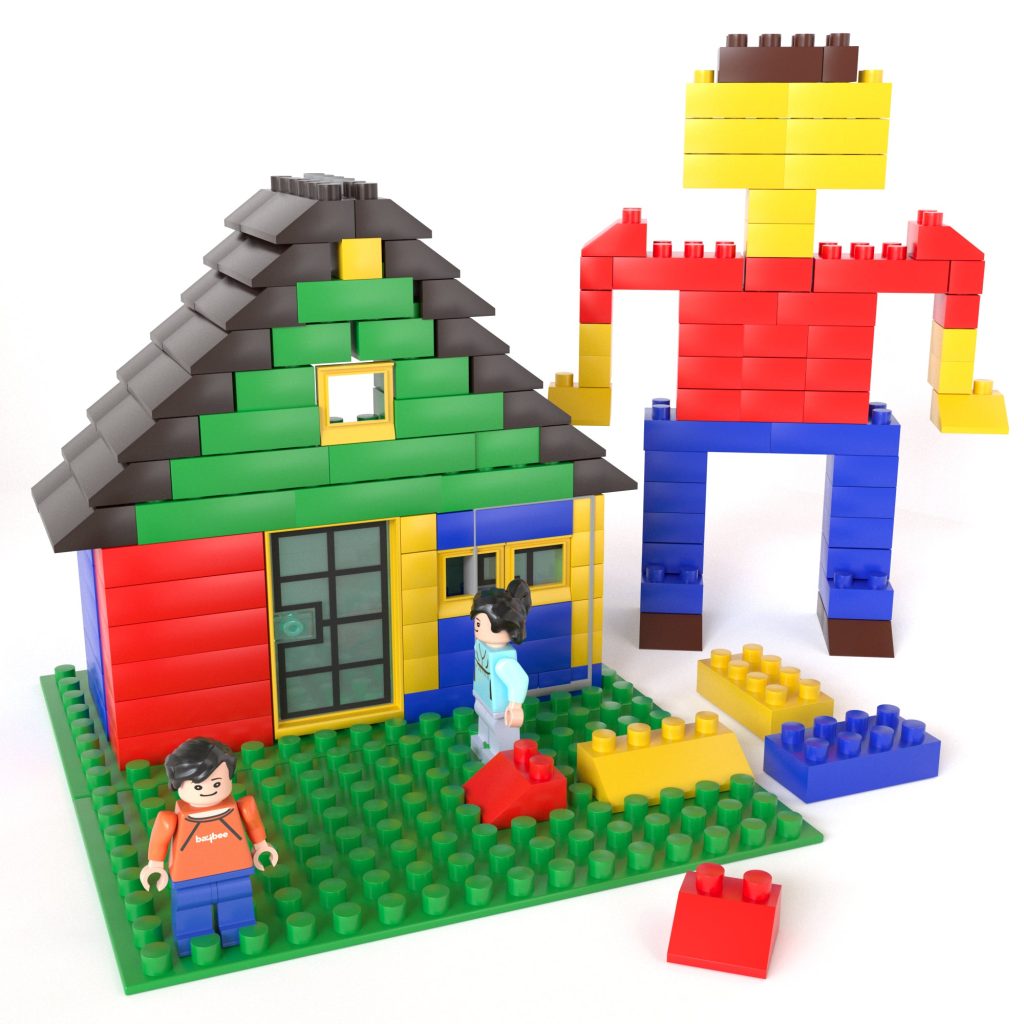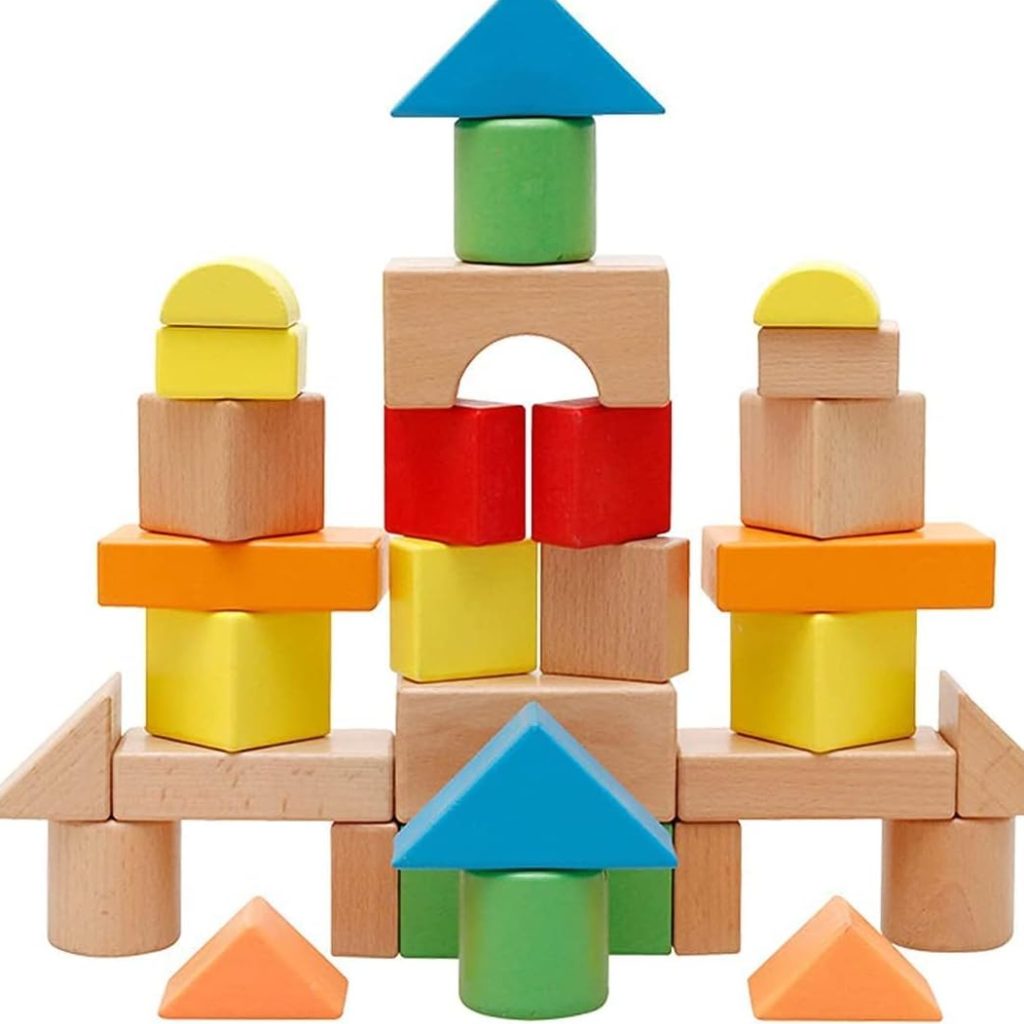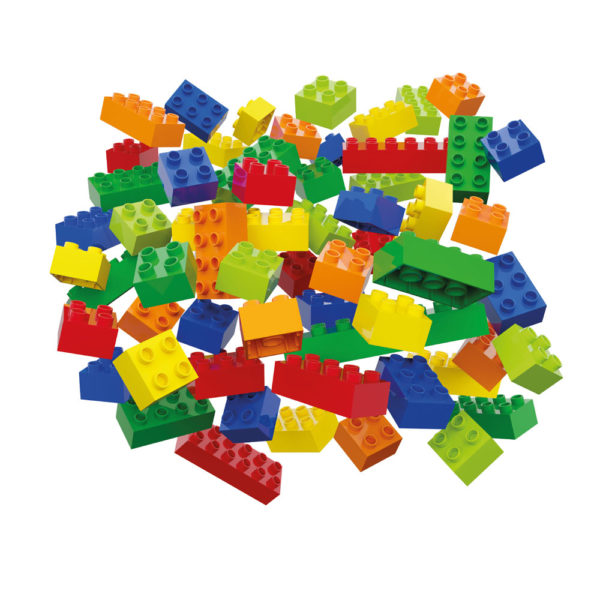Introduction to Building Blocks
Building blocks are more than just simple toys; they are essential tools that promote creativity, critical thinking, and fine motor skills in children. Made from various materials such as wood, plastic, and foam, these blocks come in different shapes, sizes, and colors. They provide a hands-on, tactile experience for young learners while encouraging imaginative play. As children construct and deconstruct structures, they learn valuable problem-solving skills and develop spatial awareness.
In this article, we will explore the benefits of building blocks for child development, discuss different types of building blocks available, and provide tips for incorporating them into playtime. Understanding the significance of building blocks can empower parents and educators to make informed choices that foster learning and creativity.
The Developmental Benefits of Building Blocks
Enhancing Cognitive Skills
Playing with building blocks significantly enhances cognitive skills in children. As they engage in block play, children learn concepts such as balance, gravity, and symmetry. These fundamental principles of physics are inherently explored while stacking and arranging blocks. Consequently, children develop problem-solving skills as they encounter challenges in their construction efforts.
Additionally, building blocks provide opportunities for imaginative play, enabling children to create intricate environments and scenarios. This imaginative aspect stimulates critical thinking and narrative skills, promoting a greater understanding of the world around them. Through hands-on experiences, children gain confidence in their abilities, fostering a sense of accomplishment as they manipulate and build with blocks.
Developing Fine Motor Skills
Building blocks are instrumental in developing fine motor skills and hand-eye coordination. When children grasp, stack, and arrange blocks, they engage small muscles in the hands and fingers, improving dexterity and strength. These activities also enhance bilateral coordination, which involves using both sides of the body simultaneously.
The physical interaction with building blocks encourages children to refine their grip and control, laying the foundation for essential skills such as writing and self-feeding. The process of building and manipulating blocks not only contributes to physical development but also fosters concentration and focus, ensuring that children remain engaged in productive play.

Types of Building Blocks
Traditional Wooden Blocks
Traditional wooden blocks are classic toys that have stood the test of time. Typically crafted from high-quality hardwood, these blocks are durable and safe for young children. Their smooth surfaces and natural finishes make them appealing to the touch, encouraging tactile exploration. Wooden blocks often come in various shapes, sizes, and colors, providing endless possibilities for creative construction.
Prospective architects and builders can benefit from the simplicity of wooden blocks, allowing children to focus on basic building techniques. Additionally, wooden blocks are environmentally friendly, providing parents with a sustainable option for their child’s play. These blocks can withstand years of play, making them a cherished addition to any child’s toy collection.
Magnetic and Foam Blocks
In recent years, magnetic and foam blocks have gained popularity for their innovative designs and unique play experiences. Magnetic blocks contain magnets embedded within the edges, allowing them to easily snap together, creating stable structures. This design enables young builders to explore complex geometries and engineering concepts without frustration.
Foam blocks, on the other hand, provide a soft and safe alternative for younger children. Lightweight and easy to handle, foam blocks encourage imaginative play while reducing the risk of injury during playtime. The variety of colors and shapes in both magnetic and foam blocks offers opportunities for creative expression, allowing children to build various structures without limitations.

Incorporating Building Blocks into Playtime
Creating Engaging Activities
To maximize the benefits of building blocks, parents and educators can create engaging activities that encourage exploration and learning. Setting up themed construction challenges can spark creativity. For instance, asking children to build a bridge or a tower encourages them to think critically about engineering principles while also enhancing their imaginative play.
Additionally, incorporating block play into storytime can further enrich the experience. Children can recreate scenes from their favorite books using building blocks, fostering comprehension and narrative skills. By blending block play with educational themes, caregivers can create an enriching environment that promotes both learning and fun.
Encouraging Collaborative Play
Setting up group challenges, such as building the tallest tower or creating a cityscape, promotes friendly competition and inspires creativity. This collaborative play not only allows for the sharing of ideas but also teaches children the value of cooperation and compromise. Through teamwork, young builders learn to appreciate diverse perspectives and build lasting friendships.

Accessories and Add-Ons for Building Block Play
Enhancing Creativity with Accessories
To enrich the experience of building with blocks, consider incorporating accessories that expand the scope of play. Colorful block trays, themed figurines, or construction vehicles can add depth to the building experience. For example, adding animal figurines allows children to create habitats, while construction vehicles can promote imaginative scenarios related to building sites.
Art supplies such as stickers, paints, or decorative papers can also transform ordinary block structures into unique creations. Encouraging children to personalize their constructions fosters individual expression and creativity. By adding these accessories, builders are prompted to think outside the box, enhancing their engagement and enjoyment.
Utilizing Building Block Sets
Many manufacturers offer specialized building block sets designed to align with specific themes or educational goals. For instance, architecture sets may focus on famous buildings, while science-themed sets can teach principles of physics and stability. These curated sets provide targeted learning experiences while captivating children’s imaginations.
When introducing building block sets, consider the interests of the child to ensure an enjoyable and engaging experience. Additionally, these sets often come with instructions for building specific structures, fostering patience and following directions. By incorporating specialized sets, caregivers can create play experiences that combine enjoyment with educational value.

The Impact of Building Blocks on Social Skills
Fostering Communication and Collaboration
Building blocks play a significant role in developing social skills among young learners. As children engage in block play, they naturally form connections with peers. Collaborative construction projects require communication, encouragement, and negotiation, allowing children to practice essential social skills.
Sharing ideas, discussing plans, and providing constructive feedback are integral components of collaborative play. These interactions promote empathy and understanding, essential attributes for building strong relationships. The sense of accomplishment derived from working together enhances self-esteem and fosters a positive sense of community among peers.
Conflict Resolution Skills
Playing with wooden building blocks fosters the development of conflict resolution skills. As children navigate disagreements, such as how to build or what design to pursue, they learn valuable lessons in compromise and negotiation. These situations offer opportunities for young learners to express their feelings and opinions while seeking collaborative solutions.
Through guided conflict resolution, parents and educators can help children navigate challenges constructively, fostering resilience and adaptability. The skills gained during block play can translate to other situations in life, empowering children to handle interpersonal conflicts both in and out of play.

The Educational Value of Building Blocks
Promoting STEM Learning
Building blocks are invaluable tools for promoting STEM (Science, Technology, Engineering, and Mathematics) learning in young children. As they construct various structures, kids engage in fundamental engineering principles, such as balance, gravity, and load distribution. This hands-on experience provides an interactive platform for exploring complex concepts through play.
Additionally, as children experiment with different shapes and configurations, they develop critical thinking and problem-solving skills. Encouraging open-ended exploration allows children to test hypotheses and learn from their mistakes. This form of experiential learning fosters curiosity and prepares children for future academic endeavors in STEM fields.
Encouraging Cognitive Development
Beyond STEM learning, building blocks serve as effective instruments for cognitive development. Through block play, children enhance spatial awareness while learning to visualize how different shapes connect. Abstract thinking skills, such as planning and organizing, are practiced during block construction as kids navigate design concepts.
Furthermore, the tactile experience of manipulating blocks fosters sensory development, allowing children to explore textures, weights, and materials in a hands-on manner. This multifaceted approach to learning promotes cognitive growth, enhancing children’s ability to process information and engage with their environment meaningfully.
Choosing the Right Building Blocks
Factors to Consider
When selecting Kids Building Blocks, several factors should be considered to ensure a rewarding play experience. Age appropriateness is crucial. While some building blocks are designed for younger children, others are better suited for older kids, offering more complex challenges. Ensuring that the blocks match the child’s developmental level is vital for a successful play experience.
Material safety is another key consideration. Opt for non-toxic, durable materials that can withstand intense play. Checking for certifications, such as the ASTM safety standards, ensures that the building blocks are safe and suitable for children. By choosing the right building blocks, parents and caregivers can provide an enriching and secure play environment.
Incorporating Educational Aspects
Consider building blocks that offer educational features tailored to specific interests or learning goals. Some sets focus on teaching mathematical concepts, while others introduce architectural principles. Providing options that align with your child’s interests can enhance their engagement and enjoyment during play.
Additionally, themed sets, such as those that reflect favorite movies or characters, can create unique narratives that inspire imaginative play. By selecting building blocks that incorporate educational aspects, caregivers can foster a love for learning while encouraging exploratory play.
Conclusion
Building blocks serve as a foundation for creativity, learning, and skill development in children. Their rich history and diverse applications make them essential tools for nurturing young minds. By exploring the myriad benefits of building blocks, families and educators can create enriching experiences that empower children to express their creativity while enhancing cognitive and social skills.
Incorporating building blocks into playtime promotes exploration, collaboration, and critical thinking. As children engage with these versatile tools, they are equipped to tackle future challenges with confidence and resilience. Embrace the power of building blocks, and watch as your child grows and thrives through imaginative play.
